After the heavy foods and excess spending of Christmas, getting out into nature and gathering wild food can be a balm for the body and mind. January is a comparatively lean month – the berries and nuts of autumn are long gone and the few mushrooms available are best left to the experts. However, winter greens are worth trying. And butchers will also offer all sorts of game to try if you are happy to leave the foraging to someone with a gun.
Whether looking for soft but crunchy chickweed or abundant, iron-rich nettles, get ready to gather with our guide on how and what to forage for this month in Britain.
Looking for a pocket guide? See our recommendations for the best foraging books on the market right now.
Where to forage in January
Woodlands, hedgerows and the shoreline are good places to start your foray into foraging. However, you may discover local parks and even your garden provide foraging hotspots.
How to forage safely and responsibly
Whether you're a seasoned forager or a complete newcomer, there are some golden rules you need to be aware of before you begin. Check out our beginner's foraging guide to learn how to forage safely and responsibly throughout the year.
Beginner's Guide to Foraging, with monthly guide to what's in season
Getty
What to forage for in January
Hairy bittercress
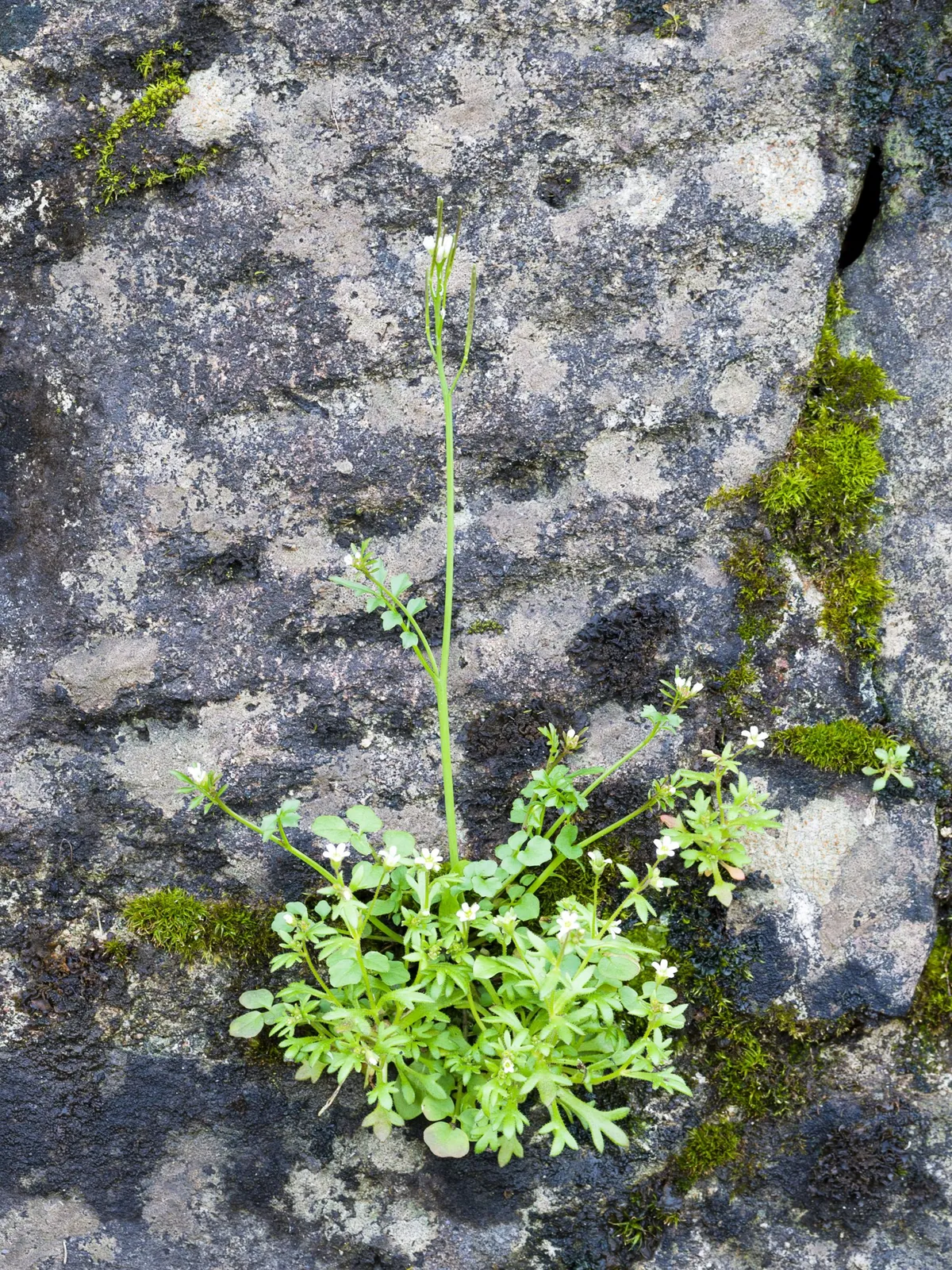
The bane of a new vegetable plot, hairy bittercress seems to spring up even in the coldest weather. It loves bare earth and its tiny rounded leaves in concentric rings are easy to spot. It’s also very tasty, especially in salads or a cheese sandwich where its watercress-like pepperiness really packs a punch.
Chickweed
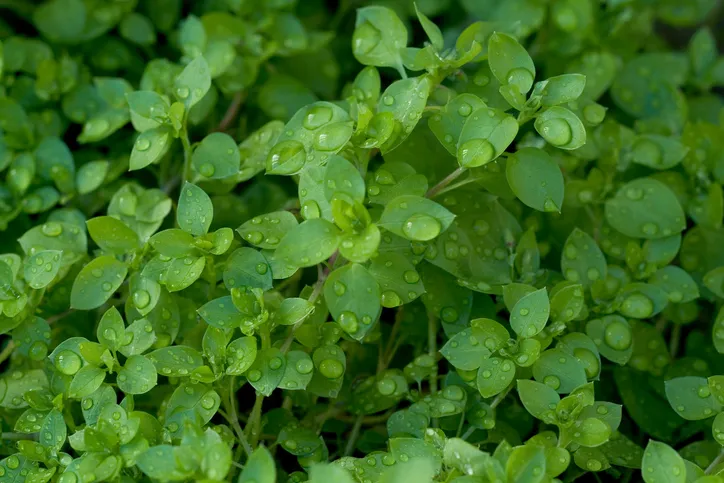
Another common hardy winter green with a watercress-like flavour but is also good briefly boiled and then fried in butter (isn’t everything?). Chickweed has small oval or heart-shaped leaves was once cultivated widely in Britain – the whole plant can be eaten. In Victorian times, it soft yet crisp texture when raw made it a salad essential.
Nettle
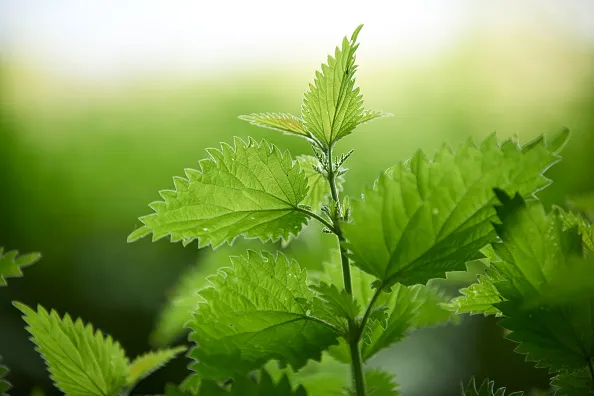
The first shoots of young nettles early in the year are the very best to eat and are a great spinach substitute in curries, pasta sauces and as a vegetable side dish. Gather as many as your patience will allow – wear gloves – and wash and drain them. Add to a saucepan without extra water and wilt them for 5-8 minutes until they resemble cooked spinach. Drain any excess water, toss in butter and season with salt and pepper.
Our guide on how to forage for nettles in Britain, with a few key details regarding where it can be found, characteristics and recipe ideas, plus how to pick and cook nettles without getting stung.
Stinging nettles are more than just needled irritants, the Cornish make a delicious cheese using them, the Nepalese make curries and some people even use them for clothing. Nettles in the UK are often known as common nettle, stinging nettle or leaf nettle.
Recipe: Easy nettle soup
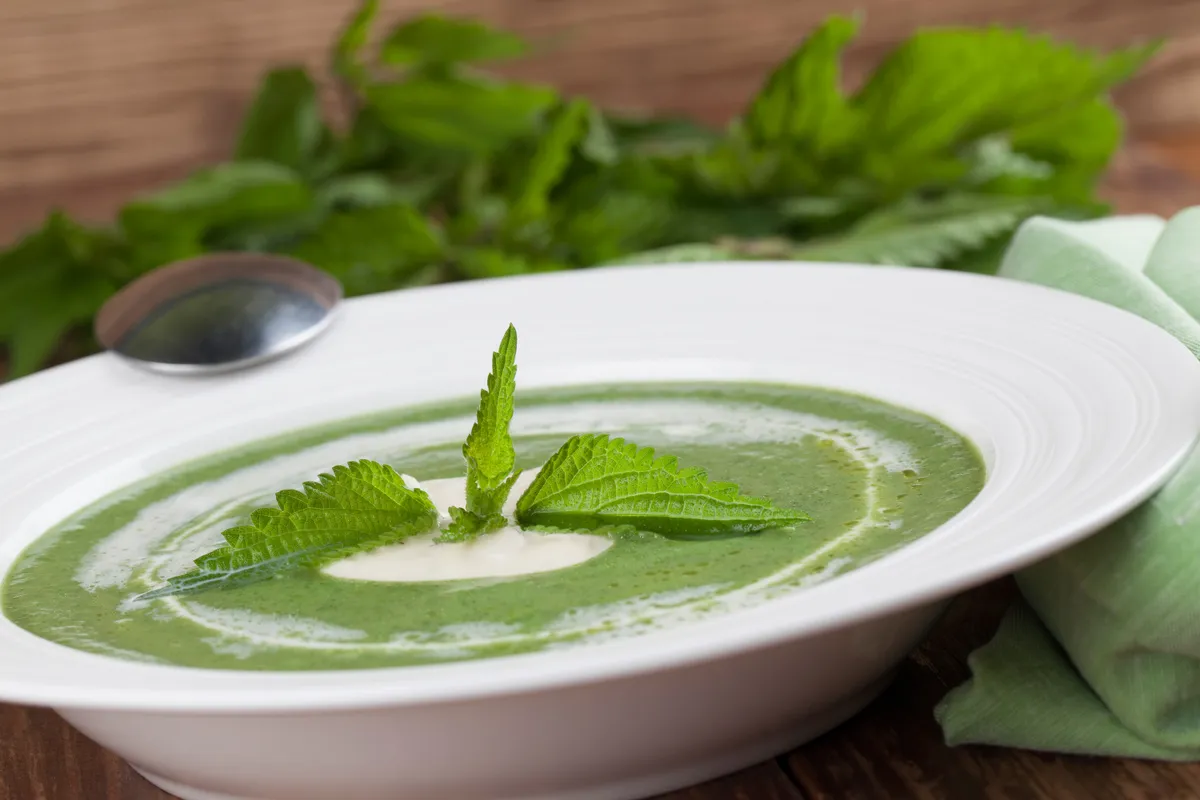
Make this easy nettle soup recipe – perfect for a light lunch.
Wood pigeon
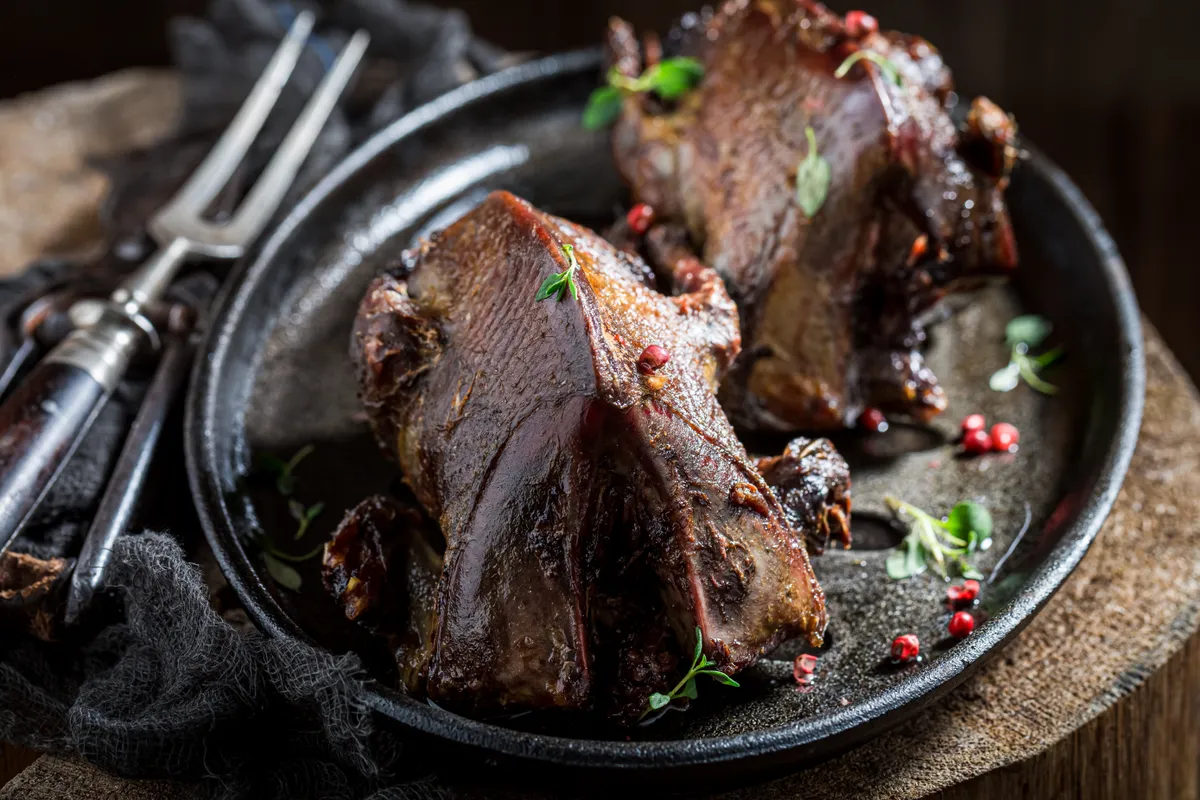
This very common bird of the British countryside is frequently shot as a pest by farmers. In January you will often see it in butchers and supermarkets. The whole, unplucked bird is fiddly to deal with but the pigeon breasts offer one of the most delicious wild treats – for meat eaters at least. Usually inexpensive, the breasts can be quickly panfried in butter, olive oil and a dash of Worcestershire sauce, sprinkled with sea salt and eaten with fresh bread – or on a bed of wilted nettles if you fancy a truly wild experience.
